Month: October 2025
-
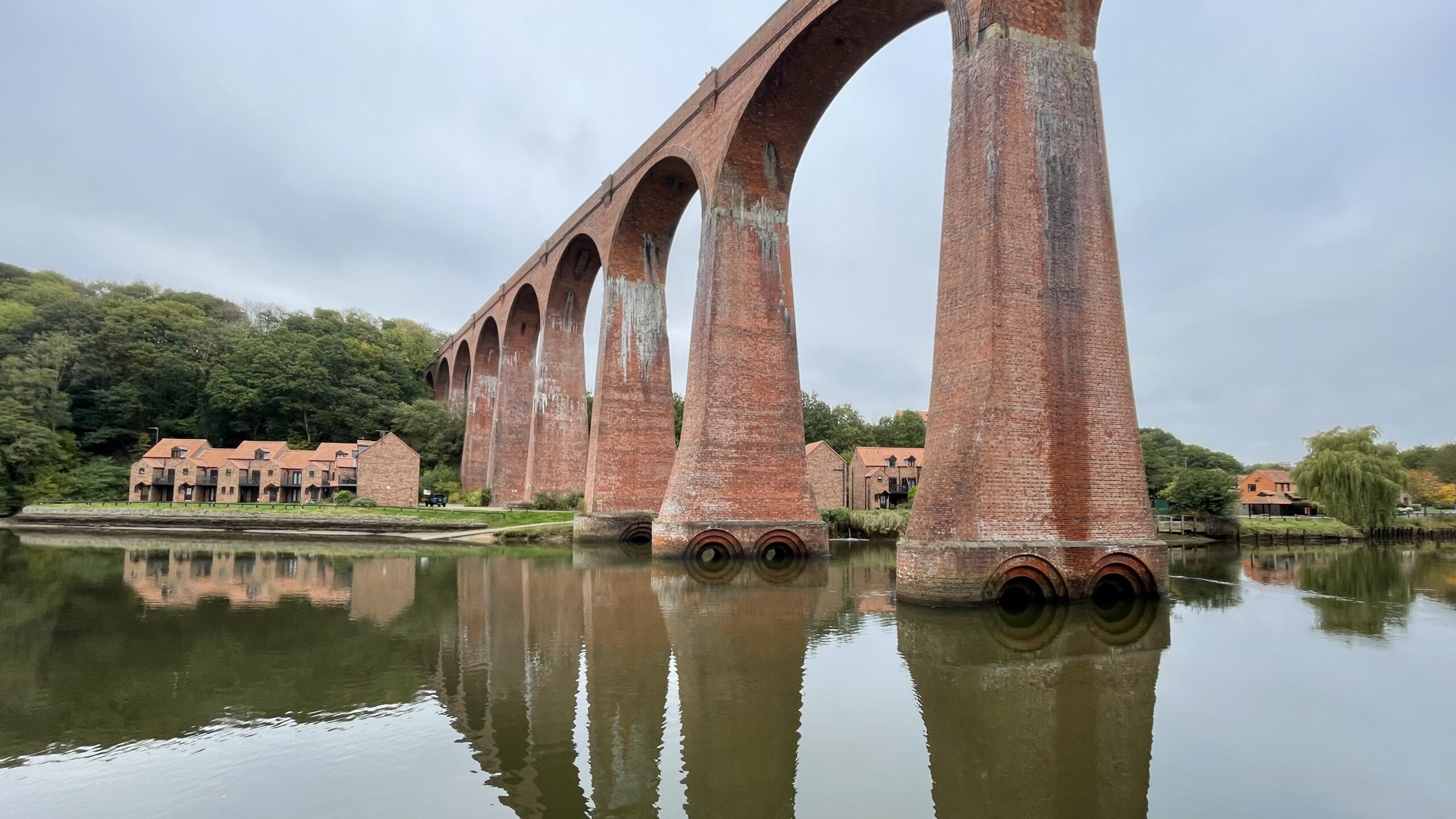
Larpool Viaduct: The Brick Monument of the Esk
Larpool Viaduct at Whitby stands today like a brick-red monument to an age when Victorian railway engineers thought artistically, even as they fought mud, tides, and buried forests. Completed in 1884 to carry the Scarborough and Whitby line across the deep valley of the River Esk, it was built entirely of brick, a deliberate rejection…
-
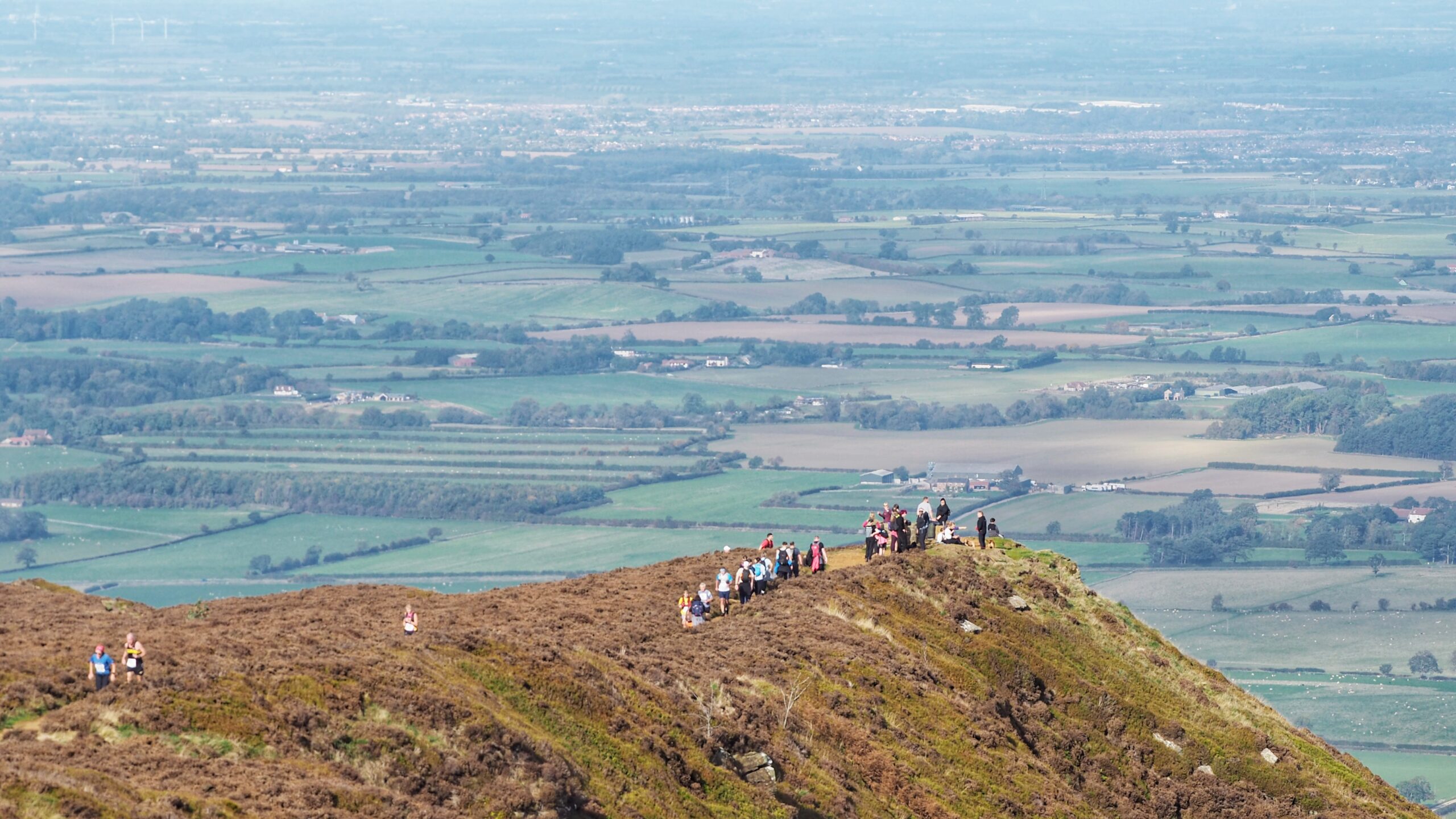
Cringle Moor and the Cult of the Drone
A splendid day upon the Cleveland Hills, warm, sunny and kissed by a breeze so genteel it could almost be mistaken for civility. Cringle Moor was heaving, of course, the Viking Chase Fell Race transforming it into something between a checkpoint and a human anthill. And there, above the sweating masses, hovered the latest curse…
-
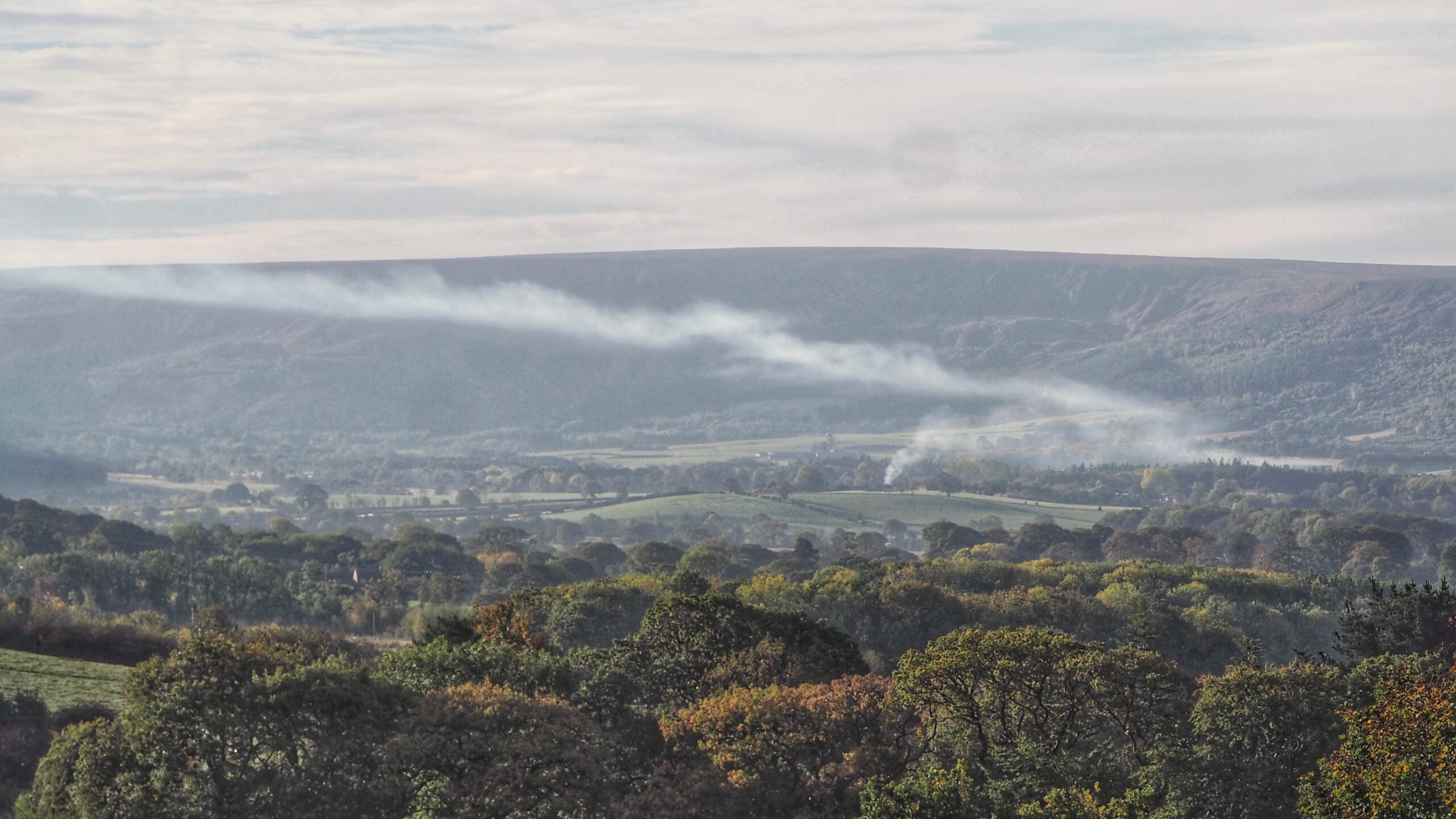
The Twisting Plume of Ingleby Greenhow
A familiar landscape, yet on a still autumnal day in the Vale of Cleveland, when not a single turbine blade so much as twitches, an unexpected sight smudges the view. A solitary plume of smoke twists into the air, unsettling in its beauty, creating a scene both ordinary and strangely unfamiliar. At first glance, it…
-
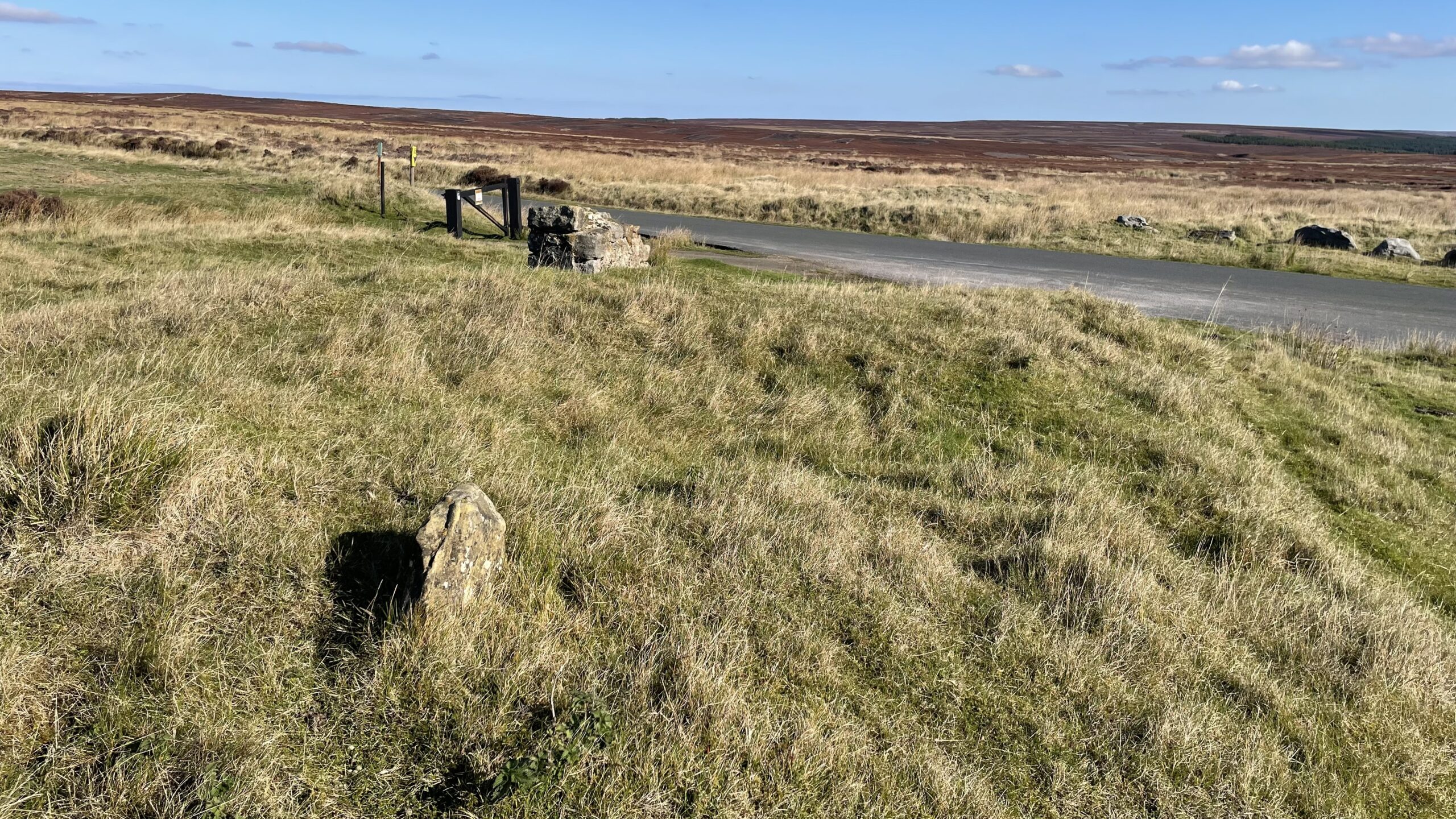
The Lettered Board Inn and the Mystery of the Two Georges
A lonely crossing on the Lyke Wake Walk. Halfway between exhaustion and achievement. This was once the place where weary walkers would find their support party, waiting with flasks of tea and stodgy puddings to fortify them for the bleak march across Wheeldale Moor. That was half a century ago. The ruin that once stood…
-
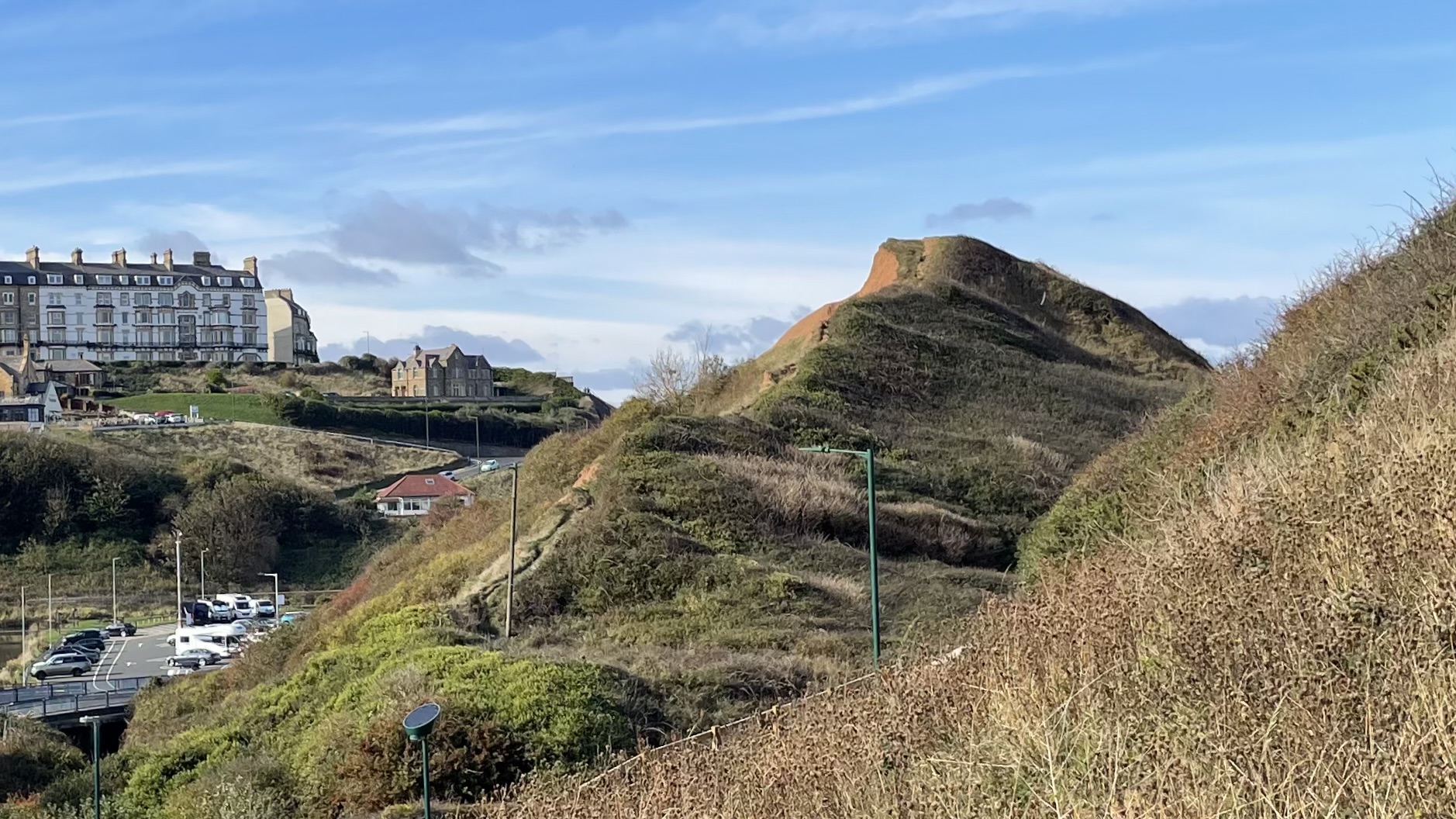
Lieutenant Wilfred Littleboy: Remembered on the Day he Fell, 9 October 1917
No one can say for certain whether young Wilfred Littleboy ever scrambled down the steep bank to cross the new bridge over Skelton Beck and wander into Old Saltburn, with its whitewashed cottages huddled beneath Cat Nab and the gaiety of its fairground by the sea. It is difficult to picture a spirited boy resisting…
-
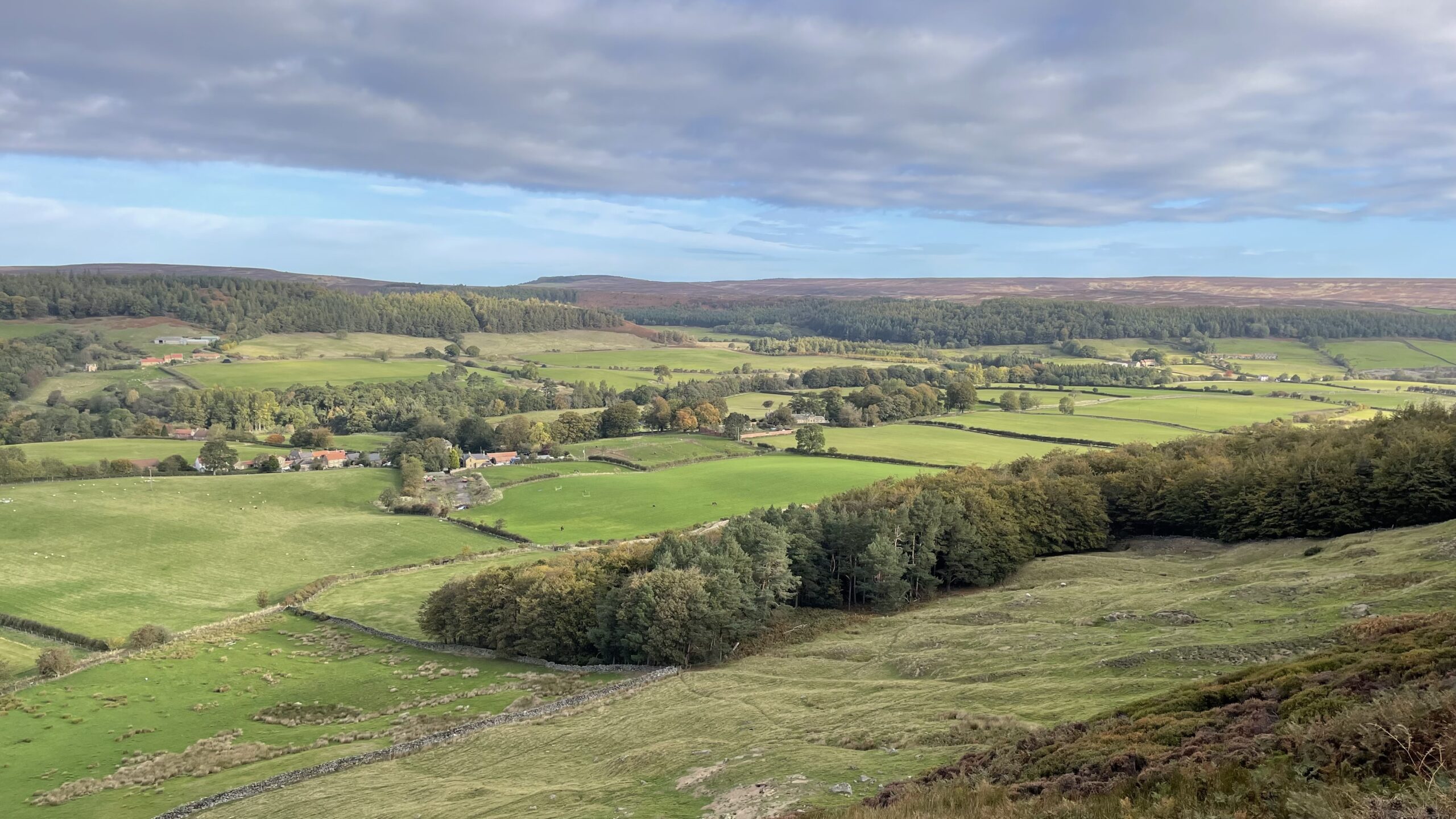
Echoes of Killi: A Brief History of Kildale
Hidden behind the trees to the left in the photo stands St Cuthbert’s Church, its quiet stones guarding secrets far older than the building itself. During construction in the 19th century, workmen uncovered a remarkable find: several Viking graves, complete with swords and traders’ weighing scales. The discovery hinted that Kildale was once far more…
-
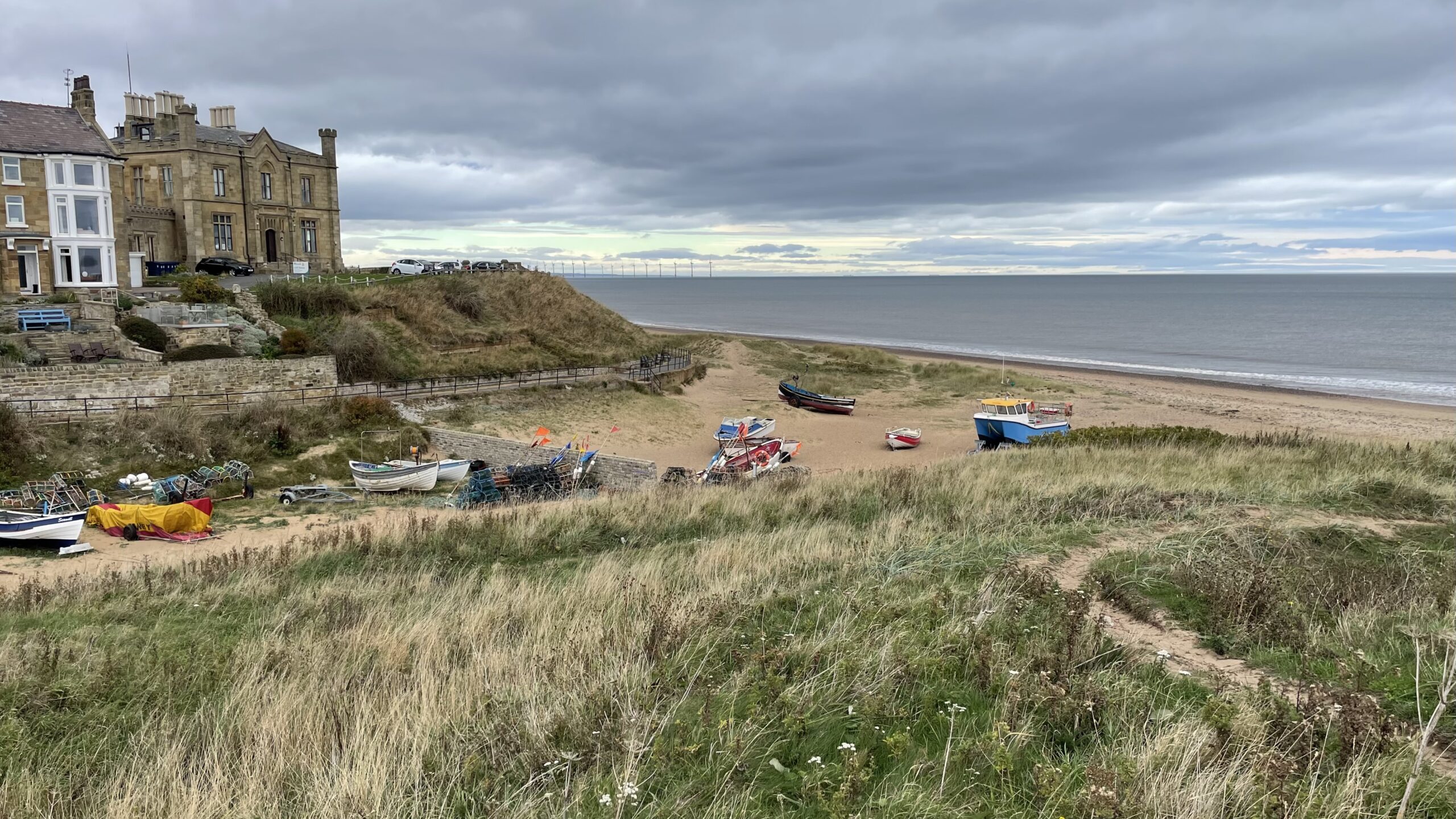
Along the Howl: Echoes of Old Marske
Marske can justly claim to be among the oldest settlements on the Cleveland coast. The lonely tower of St Germain, with its small cemetery, stands upon ground that has been holy for some fourteen centuries, the first church being raised there in the Saxon age. For many generations, worshippers from Redcar and Coatham made their…
-
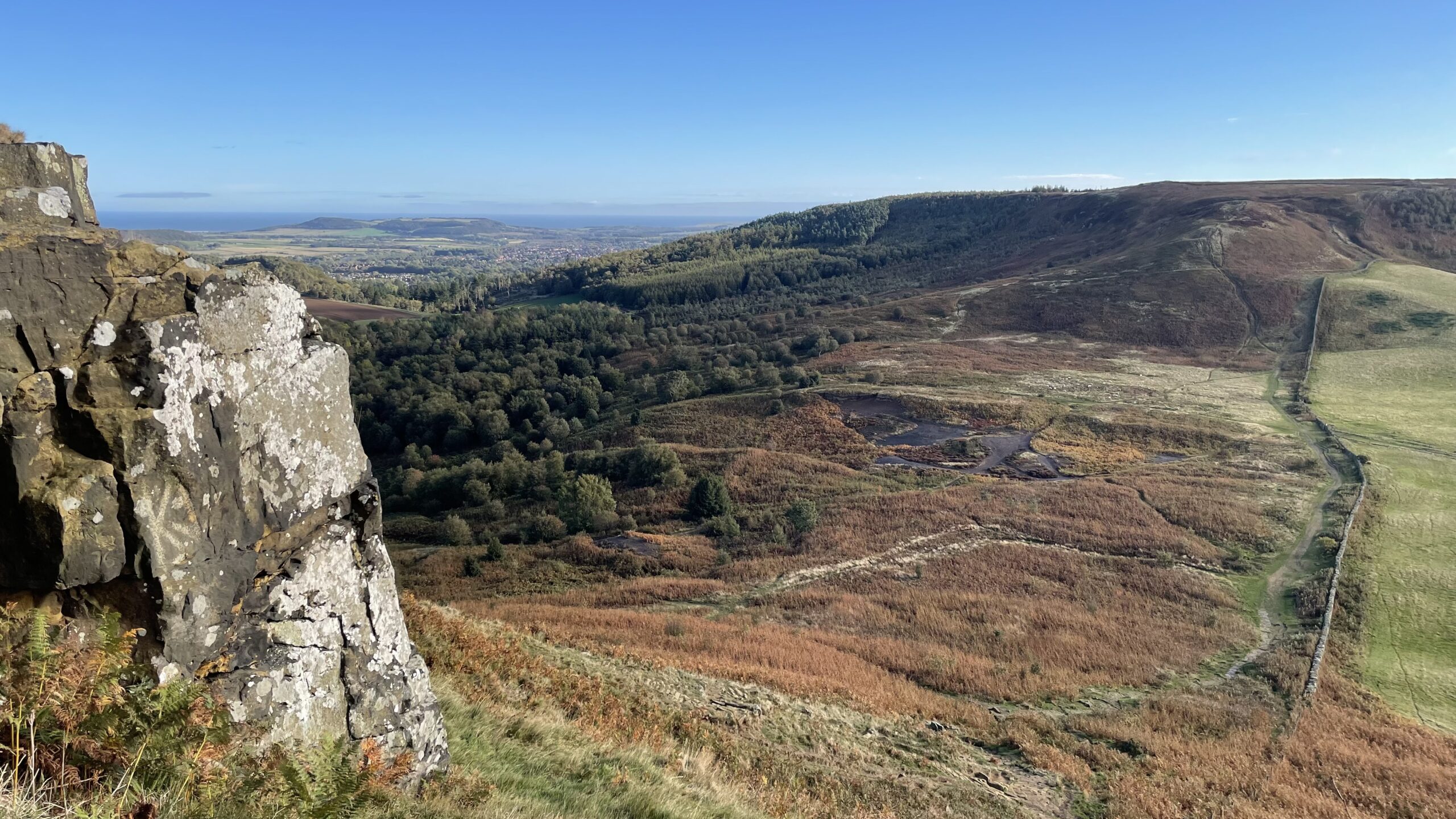
Grazing on the Common
Roseberry Common is, as its name implies, Common land. Once belonging to the Lord of the Manor of Newton, it was vital to village life. Here the people gathered fuel, grazed their livestock, and scraped together the means to keep both body and hearth alive through harsh seasons. If you look closely, you may spot…
-
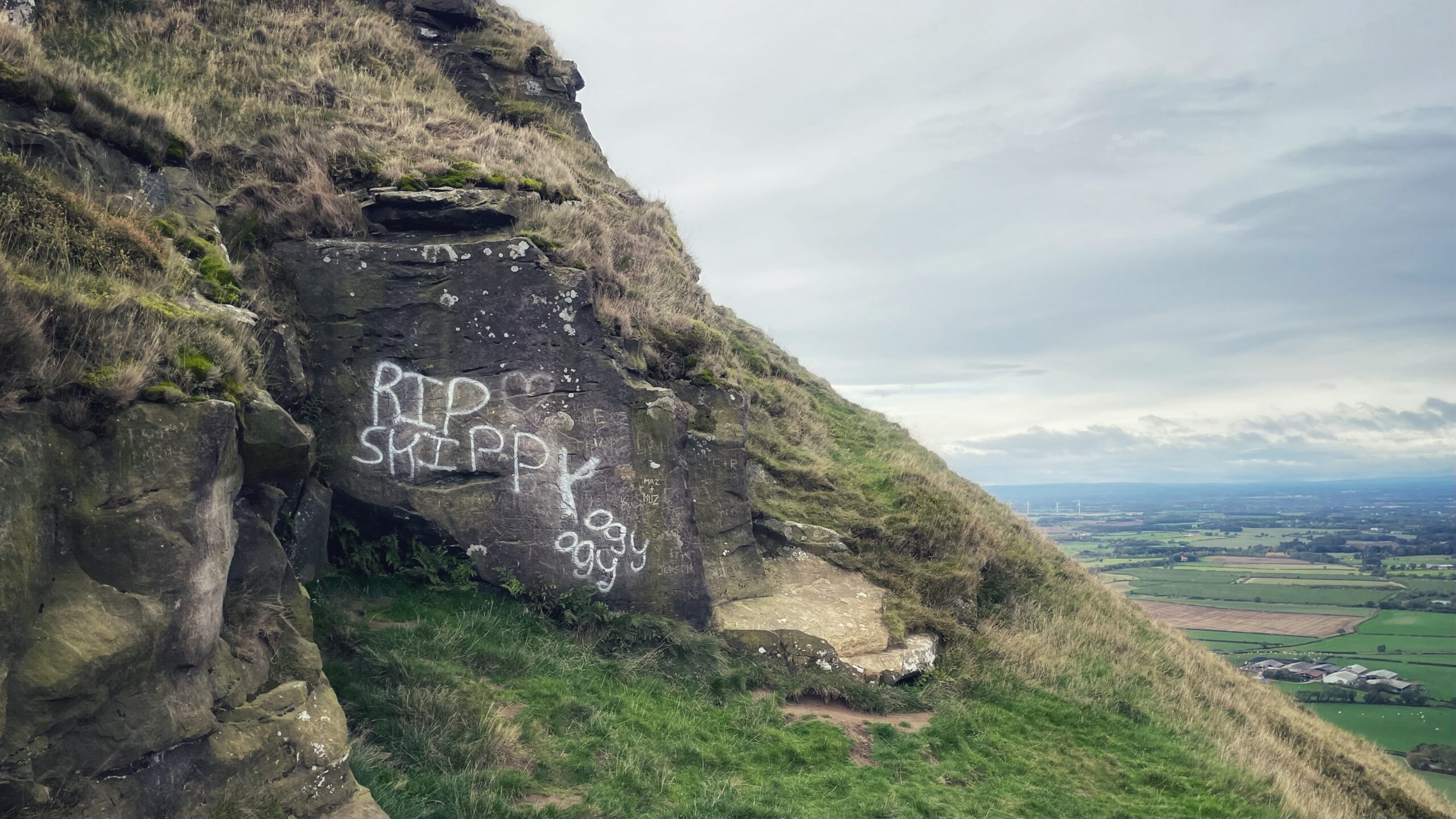
RIP SKIPPY: A Memorial Nobody Wants
Just below the summit of Roseberry Topping—a name that sounds like a pudding but is in fact Teesside’s iconic hill—there’s a large crag sandstone, rock that was laid down millions of years ago. The hill itself has only existed for twenty thousand or so, which makes it practically new money in geological terms. Moss and…
-
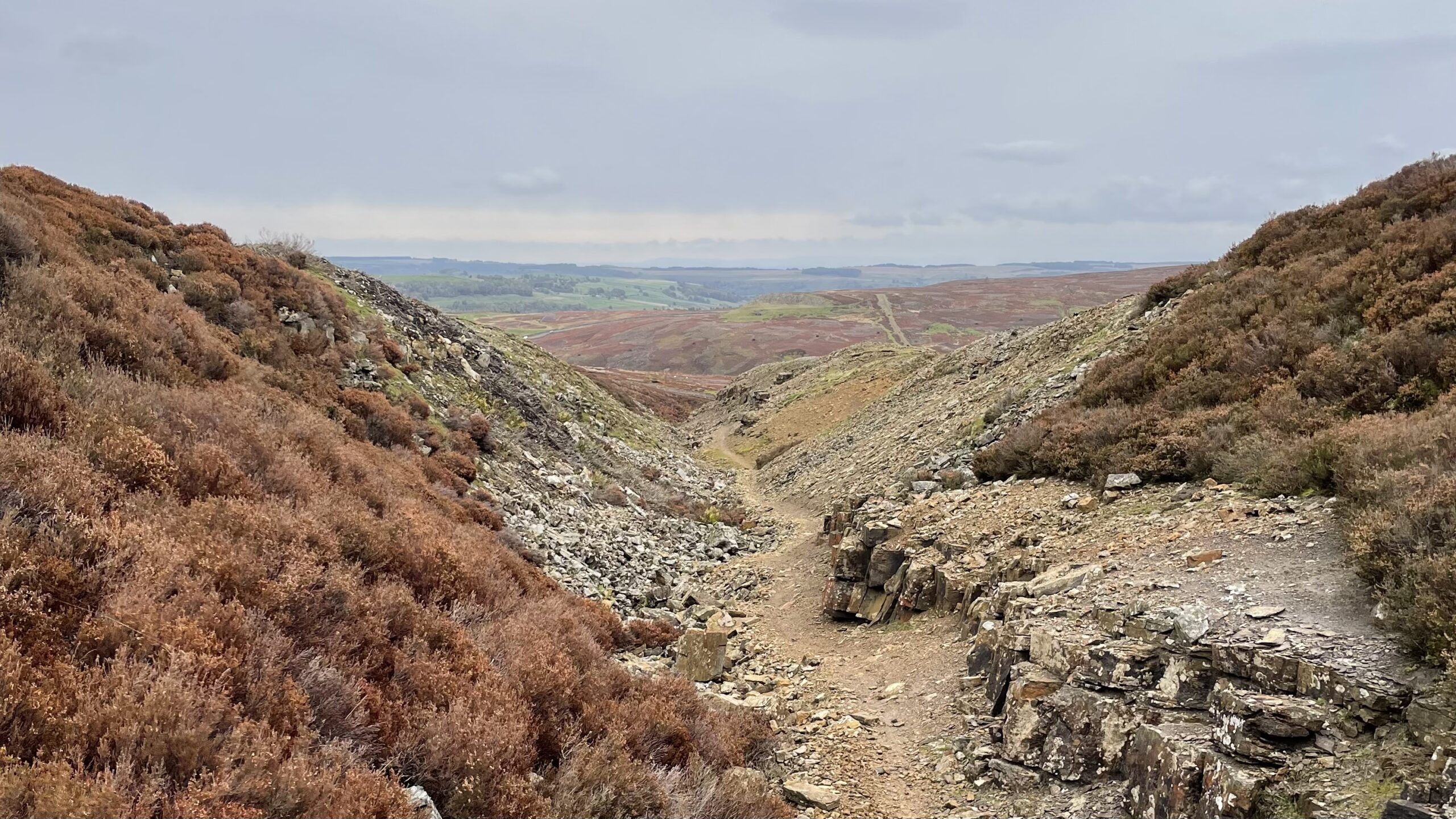
How Hush: A Gorge Carved by Water and Industry
Another glimpse from Thursday’s wander through Swaledale: this is How Hush, a scar across the hills carved not by nature but by centuries of lead mining. Lead was likely valued here long before history began to take notes. The vast Grinton–Fremington dykes, which probably marked prehistoric tribal boundaries, bear silent witness to early human presence…